Dear readers,
Last time I opened our photo albums to share with you pictures of Scotland in its gorgeous spring yellow colour but YELLOW is only one of the many wonderful colours which give Scotland such an irresistible charm. Today, I would like to make you discover the country in its most lovely shades of BLUE, a fresh and vivifying colour which sublimates the beauty of the Scottish landscapes.
“BLUE” generally conjures up images of the sunny landscapes which attract crowds of tourists each summer to the southern countries: Italy, Spain, Greece or Provence and Côte d’Azur in France, to mention only a few European destinations, but the Northern countries are far from being deprived of that wonderful colour and the pictures we’ve taken in Scotland during our different travels there will show you blue seas and skies that would make the Mediterranean countries green with envy!
We’ve taken a lot of pictures in Scotland illustrating our Scottish “blue” thematic. From pastel to vivid colours, from the lightest to the darkest blues, from sapphire to turquoise transparencies, all shades of blue are to be found in beautiful Alba according to season, weather and time.
Blue is a beloved colour in Scotland and it welcomes you as soon as you enter the country… Fàilte gu Alba !
Then, it is omnipresent with the Scottish Saltire proudly fluttering in the wind from the top of monuments, castles, and important buildings…
But blue is at its best in the Scottish landscapes and I invite you to follow us along the road, mainly on the road to the isles…
We have been very lucky to be able to see some of the most beautiful Scottish landscapes under a blue sky though the magic of Scotland derives from ALL its colours as illustrated in the magnificent rainbows which often draw big colourful arches in the Scottish sky, sometimes three at the same time.
We often stayed voiceless in front of awe-inspiring seascapes like that of Bass Rock which you can see on the above photo. We lingered a long time on the sea-shore of North-Berwick and in the shade of Tantallon Castle, watching clouds of gannets landing on and off this steep and cragged island.
But our most unforgettable memories of seascapes undoubtedly come from our trips to the western-coast islands: Mull, Iona, Staffa, Handa Island and the outer Hebrides.
We went to Staffa twice, following the same itinerary: Oban-Mull, Fionnphort-Iona, Iona-Staffa. The ferry-trips from Oban to Mull are in themselves a feast, especially when the weather is fine.
To see the picturesque little town of Oban slowly disappear in the background while the ship sails away towards unknown lands is a memorable experience. The stunning “Colosseum”, the distillery, the colourful houses, the mossy ruins of Donolly castle have been engraved in our memory forever.
We could not leave the deck of the Isle of Mull, admiring the landscape and discovering each part of that “fleuron” of the Caledonian MacBrayne fleet…
While sailing on towards the isle of Mull you can see a number of mythical milestones, each with a fascinating story to tell. On the above photo you can see the island of Lismore with its white lighthouse proudly standing ahead like a boat’s prow challenging the elements.
The Oban-Mull ferry lands at Craignure and, when the weather is not too bad, we plant our tent at Balmeanach campsite, our favourite campsite there. A minimum of three days is necessary to visit Mull, Iona and Staffa for there are many places of interest to see there. In the area of Craignure Duart Castle is worth the visit but alas Torosay Castle and its magnificent garden are no longer open to the visitors. We loved this place very much.
If you want to go to Iona, and for that matter to Staffa, you must go to Fionnphort to take the little ferry which will carry you across waters that, contrary to appearances, can be dangerous. You can’t take your car to visitIona and if you want to stay for one or more nights there it’s highly recommended to book a room well in advance in a hotel or a B & B. The place is generally crowded. About 140 000 visitors come to Iona each year either for religious purposes, following in the footsteps of St Columba who settled there in AD 563, or as simple tourists following in the steps of many prestigious travellers: Martin Martin (1703), Samuel Johnson and his friend Boswell (1773), William Daniell (1813)…
There are some things which you never forget and never wish to repeat, because you feel that they could never happen again in exactly the same way. I looked at Iona and knew it to be one of the most beautiful sights in Scotland.
(H.V. Morton In Scotland Again Methuen 1933)
There are o many interesting things to do and visit in Iona: the Abbey founded by St Columba in AD 563 and St Oran’s Chapel, the very ancient site where 48 kings of Scotland are buried including Macbeth, the beautiful pink sandstone ruins of Iona Nunnery, the lovely beaches, the hill of Dun I from which you can have a magnificent panoramic view of the area…
Great masses of red granite streaked with white quartz and felspar are piled up on the Mull coast. They slope down to miles of pure white sand. This sand is forme by the shell of land snails. It lies for miles beneath the Sound of Iona. When the sun shines you look at bright green water moving over its white bed. Here and there are streaks of deep purple formed by drift weed. Never, except around the Balearic Islands, off the coast of Spain, have I seen such clear sea water. And the sun shines over the cliffs of red granite and the white sands, and across the green water is the small hilly isle of Iona, its green fields shining in the sunlight, its miniature mountains faintly blue and scarred by tiny corries full of shadow, at their feet the cathedral and the ruins of the Celtic monastery.
I sat in the little ferry boat and looked down to the bed of the sound. The water was so limpid that every ridge on the sea bed was visible, and the sun’s light rippled below over the white sands in successive waves. I could see the beds of weed at the bottom of the sea, and once we passed over a shoal of small silver fish.
(H.V. Morton In Scotland Again Methuen 1933)
It could not be best described !
‘If you have to wait for a week’ said a friend in Mull, ‘go to Iona when the sun is shining.’
(H.V. Morton In Scotland Again Methuen 1933)
The island is austere and windswept yet remarkably fertile. The coastline has a magic and mysticism which, to me, rivals or even surpasses that of the acknowledged religious sites. The shell-sands are clean and white, the rocks have subtle colours tinged with rose and the sea ranges from deep violet to translucent emerald green. There is a sparkle and clarity in the air which is unique to this island and which has proved a challenge and delight to many artists.
(The Scottish Islands – Hamish Haswell-Smith Canongate 2004)
There are many islets off Iona, and many more skerries, and other rocks which are covered at high water.
(The Isle of Iona – Alastair de Watteville Romsey Fine Art 1999)
On our way to Staffa, aboard the Iolaire… what a trip ! How I would have liked to understand every word of the Captain’s speech… we could only guess beyond his strong accent what made the other passengers burst out of laughter so often ;-).
Staffa is a small island situated in the Inner Hebrides, in Argyll and Bute. Its name which was given by the Vikings means stave or pillar which can’t be more appropriate to describe the spectacular basaltic columns which shaped the island 59 million years ago. The place has been immortalised by great artists and writers such as Turner, William Daniell, Felix Mendelsshom and Jules Verne in Le Rayon Vert.
To visit Staffa we embarked on the Iolaire, a little boat starting from Iona. The meteorological conditions are not always good enough to sail and one year, the departure had to be cancelled. We were very disappointed though we quite understood the need for safety navigation rules. And the captain knows best!
During our 45 minute sea journey we learned fascinating things about the history and legends of the small islands we sailed by – fortunately we had a French transcription of the captain’s tale though we were very happy when we happened to catch one or two of his ‘bons mots”.
During our boat trip from Iona to Staffa we could see a few seals basking on the rocks or playing in the blue water and as we approached the magnificent island of Staffa , a small assembly of cormorants discussing on a rock and a solitary gull perched above a basaltic rock. We were given enough time to discover the island and the “clou du spectacle” was the sight of several puffins who didn’t seem to be afraid of us ! We nearly missed the boat and though I do love the place I can’t imagine to be obliged to spend a night here…
http://youtu.be/uMQzATj6mTM
After visiting Iona and Staffa you can follow, if you are a good driver and not afraid of a risky driving experience, the magnificent scenic road which leads from Fionnphort to the lovely little port of Tobermory.
A mysterious object at the left of our picture. Don’t ask me what it is. We can’t remember to have seen it when we stopped here and none of us has the least idea of what it can be !
All suggestions are welcome ;-).
Tobermory is the main town of the isle of Mull. There is much to say about it and I intend to write an article about its famous cats very soon 😉
At Tobermory you can take a ferry for Kilchoan, a village situated on the Ardnamurchan peninsula, in Lochaber, Highland. More breathtaking landscapes are waiting for you all along the road there!
In the distance, on the above photo, you can see Mingary Castle… I was very happy to learn that this old castle is being restored… last time we went there the place was overgrown with weeds and we could hardly approach it…
Remote, little known, it would have been so easy to allow Mingary to collapse into a picturesque ruin. That work has now started to rescue it is thanks to the efforts of the man who owns the Ardnamurchan Estate and Mingary itself, Donald Houston, who has set up the Mingary Castle Preservation & Restoration Trust.
The Trust is now in the process of restoring the castle to its former grandeur, this site will allow you to follow the process of exploration, analysis and careful renovation as it happens, and to investigate the long and intricate history of this Scottish treasure. You also have the opportunity to be part of its future; this is a challenging and costly venture and any support that you can provide will help to secure Mingary Castle for future generations.
The Trust faces a huge task, not least in researching and recording before the work of stabilising and preservation can begin. An appeal for funds will be launched shortly, and it is hoped that people from all over the world will join together in helping to preserve this wonderful piece of Scottish history.
Each time we visit Scotland we never miss to go to the North and as the lovely little island of Handa is situated on our road we’ve already visited it twice. But, as we say in France “‘Jamais deux sans trois”.
The place is worth several visits and it’s never the same. Handa island is managed by the Scottish Wildlife Trust as a nature reserve and in summer it shelters no less than 100,000 birds. Those who are not scared of heights, as I am , can watch colonies of birds such guillemots and razorbills neisting in the vertiginous cliffs. Far from this dangerous place we could take pictures of a superb great skua but we didn’t see the funny and kind puffins as in Staffa. The island is a paradise for ornithologists but also for archaeologists and historians who will certainly be interested by the ruins of an old village and graveyard dating back to Handa last inhabitants. In the early 1800s about 60 people lived on this island but following the 1847 potato blight they all emigrated to Nova Scotia in Canada.
BLUE BLUE BLUE…
Here, a few bunches of “Armeria maritima”, better known as “sea pink”, swinging in the wind in front of the blue ocean, on the magnificent western coast of Kintyre in Argyll & Bute.
The very well restored thatched blackhouses in Garenin village, on the isle of Lewis…
The isle of Barra, a beautiful, remote, wild Eden in the South of the Outer Hebrides, our favourite island in the Hebrides…
The wonderful place where we planted our little tent for a night (there is no campsite on Barra)…
with only the murmur of the wind, the sound of the breaking waves and the bleating of the sheep to end the day…
The sandy beaches and blue waters of Vatersay just over the bridge…
Vatersay (Scottish Gaelic: Bhatarsaigh) is an inhabited island in the Outer Hebrides of Scotland. Vatersay is also the name of the only village on the island.The westernmost permanently inhabited place in Scotland, Vatersay is linked to Barra by a causeway completed in 1991. At low tide, the island is also linked to the islet of Uineasan to the east.
Wildlife on the island includes otters, seals and herons. Bonnie Prince Charlie’s flower (Calystegia soldanella), reputedly originating from French seeds dropped by Bonnie Prince Charlie is, in Scotland, found only on Vatersay and Eriskay.
Source: Wikipedia
I would not end this page of our ‘blue’ thematic without recalling our unforgettable travel on the ‘blue road‘ in Quebec, following the path of Kenneth White along the St Lawrence river up to end of the road.
Kenneth White is a great Scottish-French author who has created and developed all over the world the concept of geopoetics … a poet who opens roads…
C’est l’été ! Bonne lecture et bonnes vacances à tous !
Mairiuna.


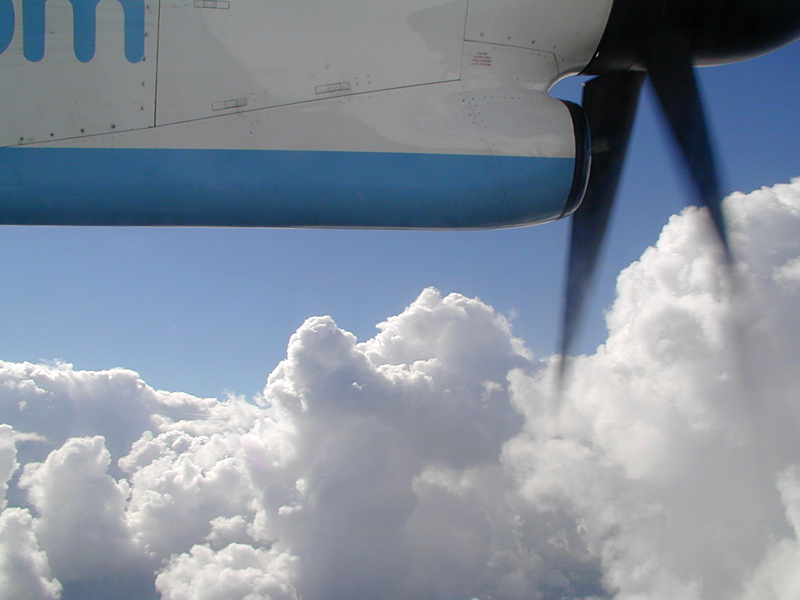





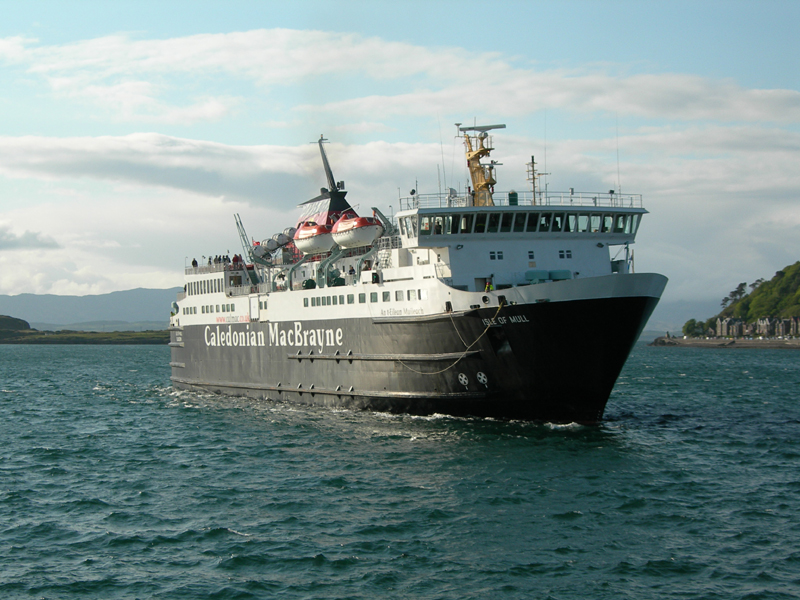
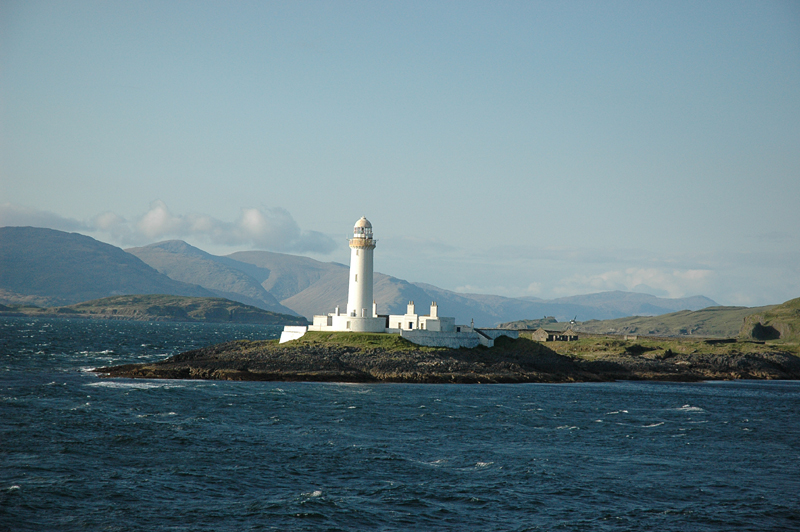

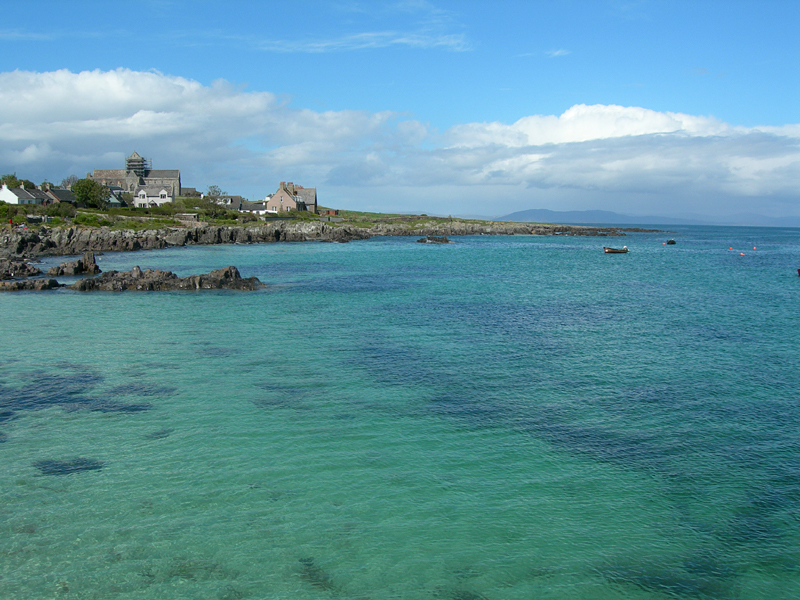
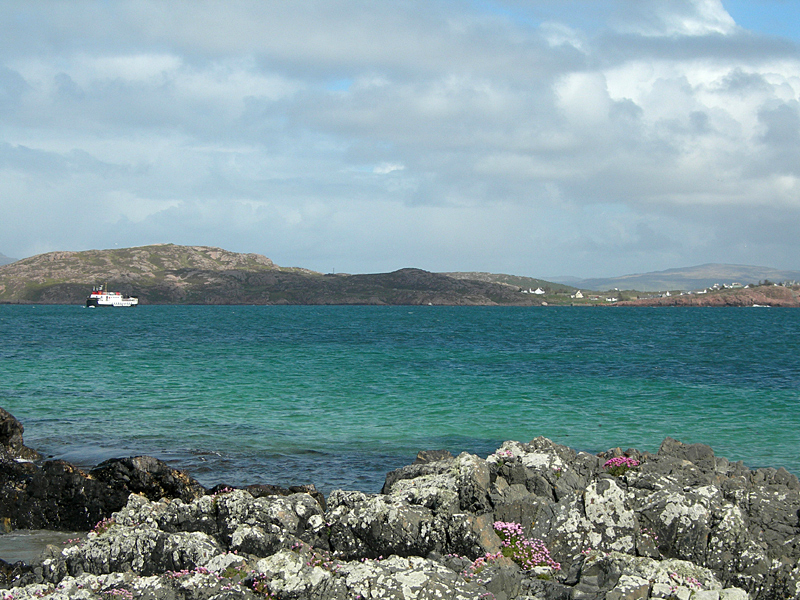
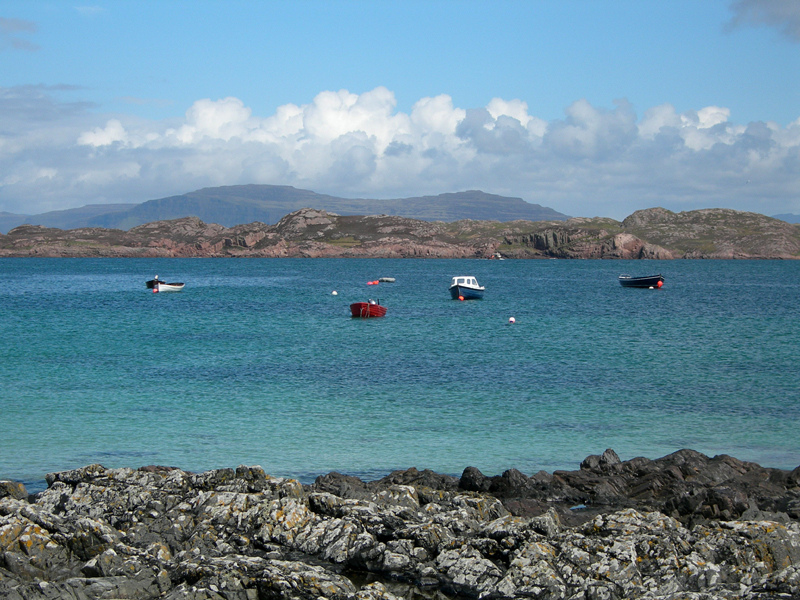



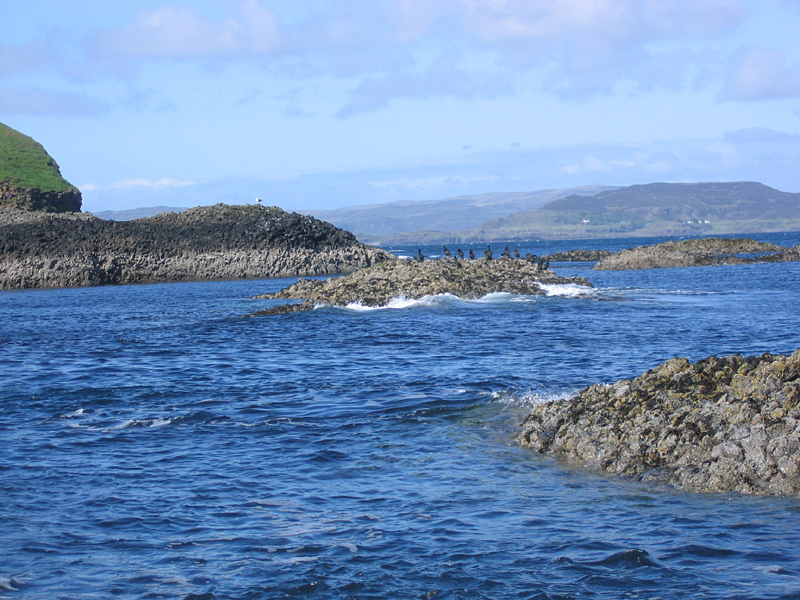
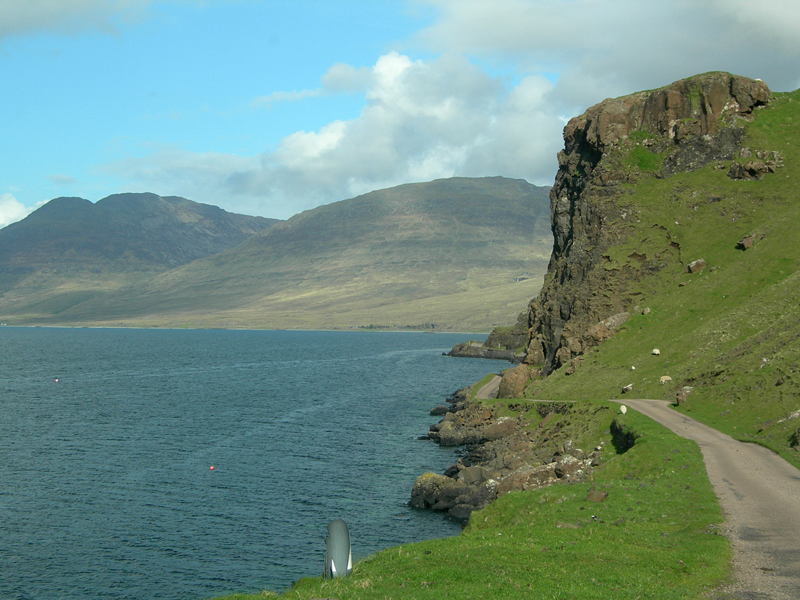


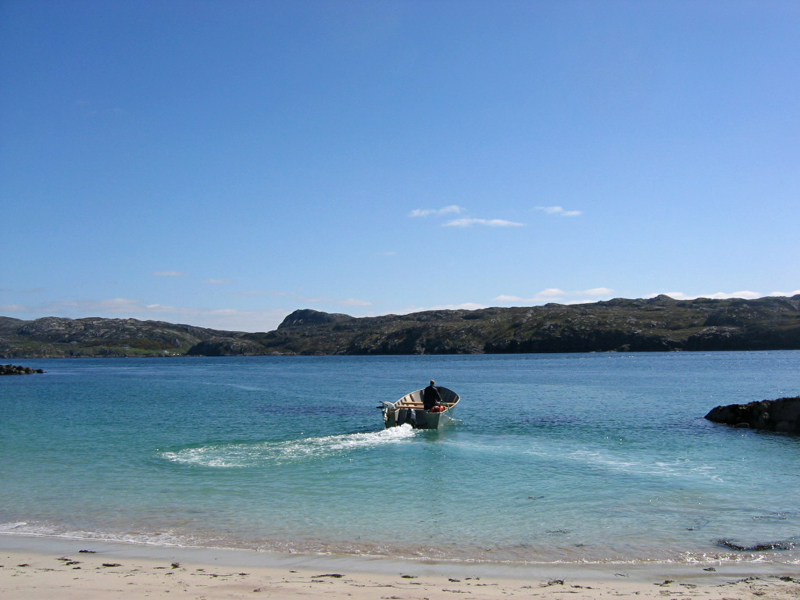
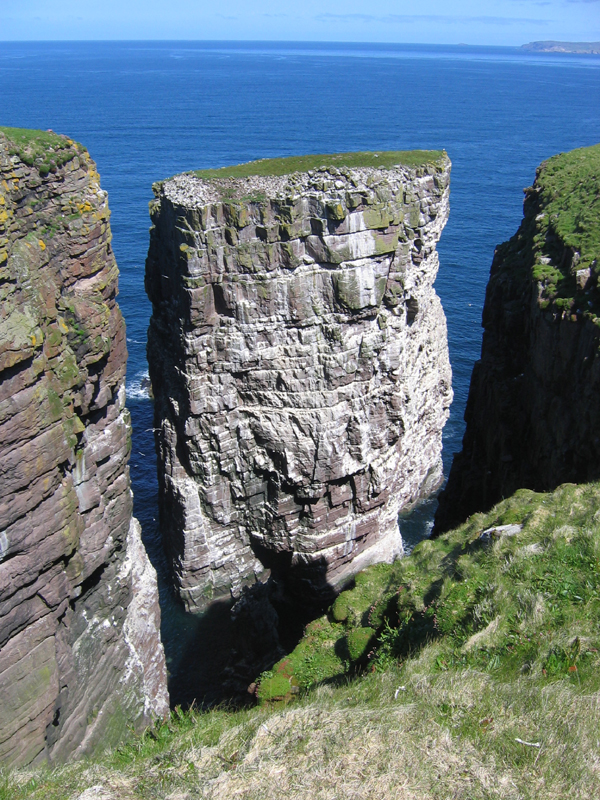
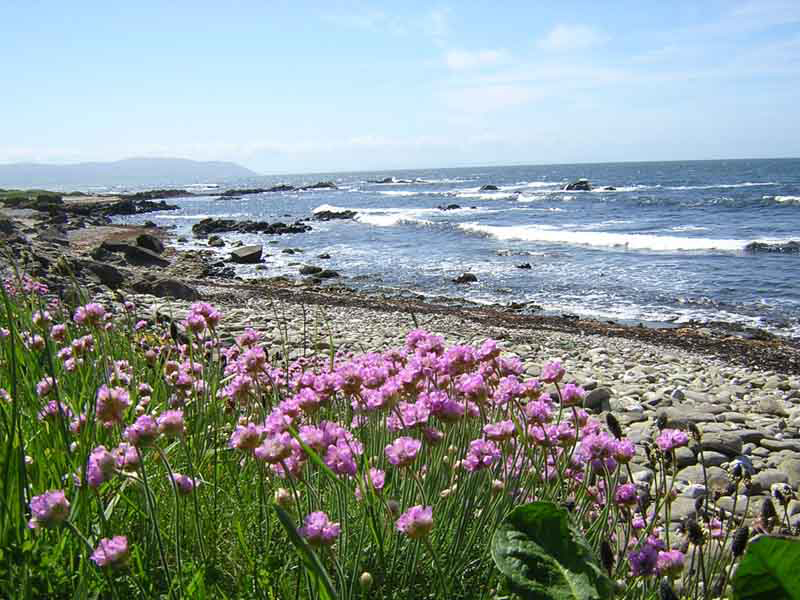
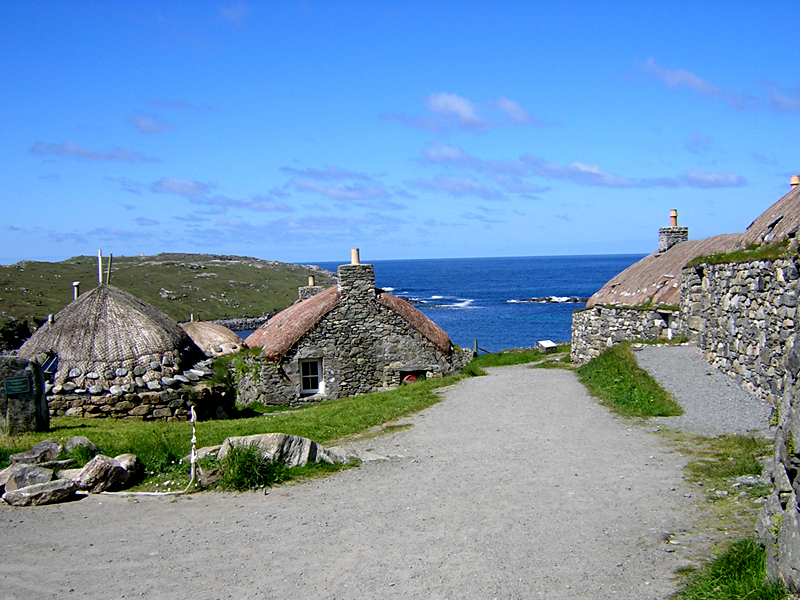


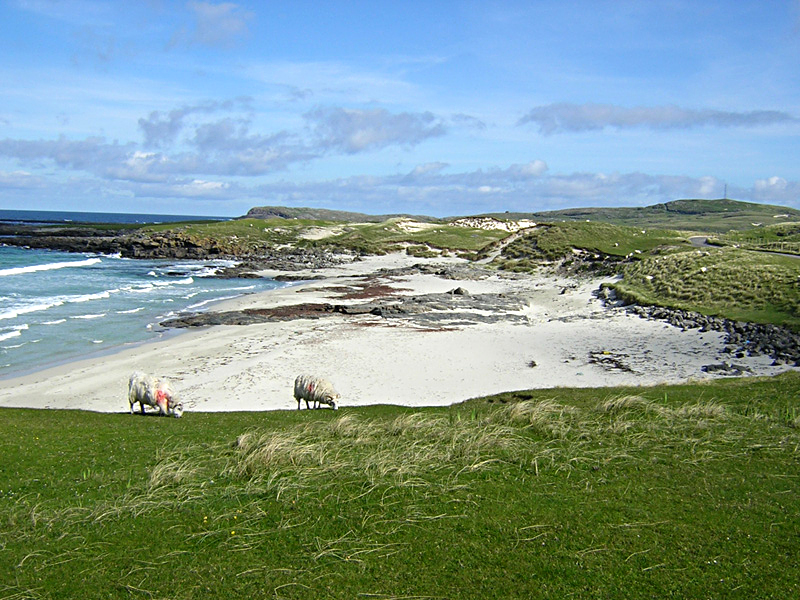



Leave a Reply